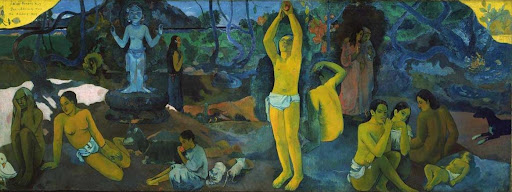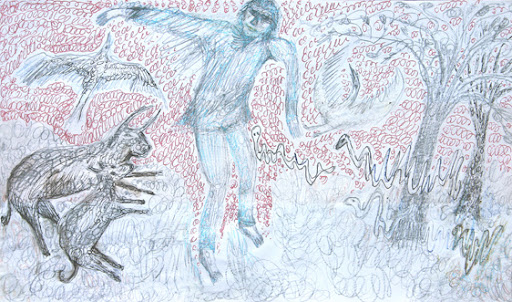as an example of modern art issues in relation to communication, i give what i came across just now: the experimental art foundation.
The Experimental Art Foundation was established in 1974 as an initiative by Adelaide artists and theorists to encourage new approaches to the visual arts, promoting the idea of art as 'radical and only incidentally aesthetic'.
The EAF's current MISSION STATEMENT is:
To assist, promote and develop, through production, exhibition, distribution and the encouragement of debate, art and art practices that are analytical, critical and experimental, which challenge established thinking and expand cultural languages and discussion.
The EAF's current OBJECTIVES are
To actively assist, develop and promote new and investigative art practices; To promote discussion, understanding and appreciation of contemporary arts issues and to provide a forum for critical debate; To encourage and support the production and the exchange of ideas by South Australian, Australian and International artists through production, exhibition and dissemination; To respond to artists and arts community initiatives; To develop new and informed audiences through advocacy, education and information strategies; To support emerging artists; To foster strategic partnerships; To maintain a high profile city location; To practise access and equity principles; To maintain sound financial and organisational management
behold above one of the reasons that i consider myself to be a very old-fashioned artist. i don't think of art as radical and only incidentally aesthetic, i don't see art's primacy/duty/charge to lie in societal communication of `new' ideas. new newer newest: the world of advertising and fashion is encroaching on the world of art, if one can even tell a fundamental difference at all.
to me a lot of modern visual art becomes entertainment / performance / advertisement / fashion. however, who am i to say that this is an unwanted development? i can only state how art `works' for me: strongly when quiet. when universal themes (humanity, nature, (non)beauty, patterns, life, death) are explored in a profound way, which can be as varied as light itself.
still, i think the experimental art foundation is a good thing. and probably a lot of things coming about from its endeavors i will consider quite interesting and worthwile. it's just not really my way of communicating, like i said i feel more traditionalist by simply painting, drawing, sculpture.

shelter from the storm, 2008
suddenly i turned around and she was standing there / with silver bracelets on her wrists and flowers in her hair/ she walked up to me so gracefully and took my crown of thorns/ come in she said i'll give you...shelter from the storm from bob dylan: shelter from the storm












